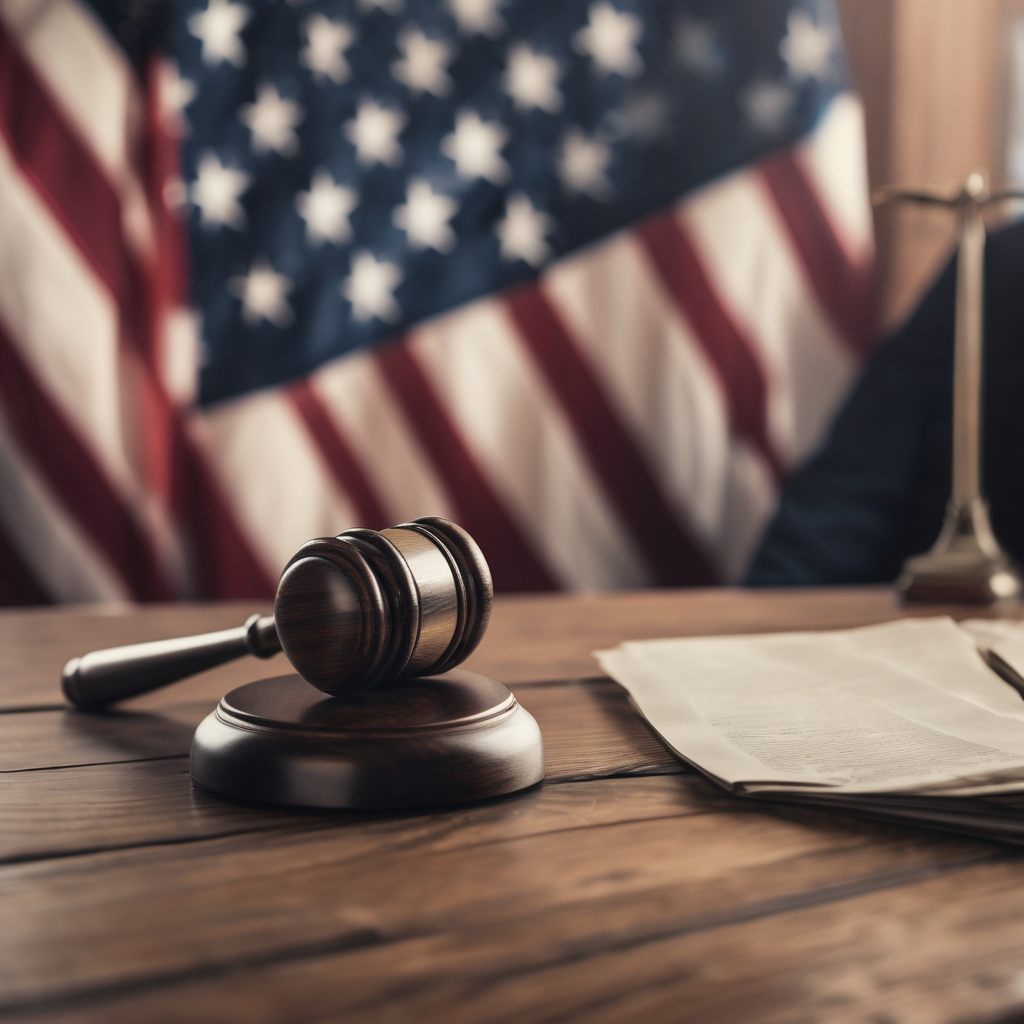President Donald Trump expressed deep concern on Thursday regarding a potential Supreme Court decision that could invalidate his administration’s significant tariffs. Trump stated that such a ruling would be “devastating for our country,” following a Supreme Court hearing where justices from both sides of the aisle voiced apprehensions about the legality of these tariffs.
If the Supreme Court rules against him, Trump is prepared to pursue an alternative strategy, which he referred to as a “game two plan.” This plan may change the way tariffs are enacted but could still maintain the overall structure of his tariff authorities, preserving his ability to manage tariffs effectively.
Unlike former presidents, Trump has utilized the International Emergency Economic Powers Act to impose steep tariffs, sometimes reaching as high as 145% on imports from China and imposing reciprocal tariffs of up to 50% on key trading partners such as India and Brazil. As of late September, these tariffs have generated approximately $90 billion in revenue for the U.S. government, according to data from U.S. Customs and Border Protection.
Despite the ongoing legal challenges, experts do not foresee Trump abandoning his tariff strategy, as it remains a central pillar of his economic agenda. Goldman Sachs economists indicated that any ruling limiting Trump’s tariff powers would likely lead to alternative methods being employed to maintain similar tariffs on large trading partners. The form may differ, but the impact is expected to remain largely unchanged.
Trump has several legislative avenues to explore if forced to adjust his tariff strategy:
1. **Section 122 of the Trade Act of 1974**: This allows the president to impose tariffs of up to 15% for 150 days to address serious balance-of-payments deficits without needing an extensive prior investigation.
2. **Section 232 of the Trade Expansion Act of 1962**: This provision enables the president to impose tariffs on national security grounds, requiring a Commerce Department investigation before implementation. Trump’s previous tariffs on steel and aluminum were initiated under this section.
3. **Section 301 of the Trade Act of 1974**: This section authorizes investigations into trade practices of other countries, allowing the U.S. Trade Representative to potentially impose tariffs if significant violations are found. A recent investigation into China’s adherence to trade agreements was initiated under this provision.
4. **Section 338 of the Tariff Act of 1930**: While never previously used, this law permits tariffs of up to 50% on imports if trade practices are deemed discriminatory against the U.S. However, it poses risks of violating World Trade Organization agreements and may provoke retaliation from affected nations.
As Trump navigates these challenges, the administration’s approach to tariffs will remain closely watched, given its profound implications for the U.S. economy and international trade relations. The outcome could redefine the landscape of trade policy for years to come, underscoring the importance of strategic planning in the face of evolving legal frameworks.
